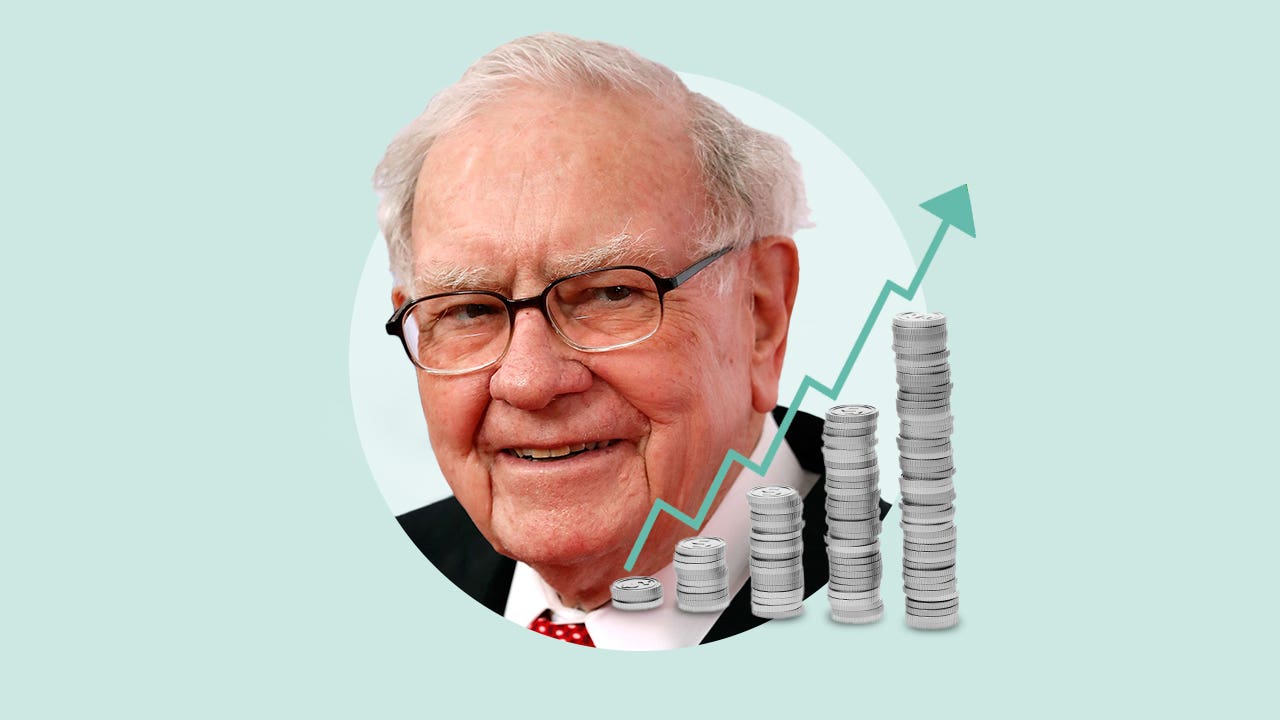Warren Buffett’s portfolio: Here are the stocks Berkshire Hathaway is buying or selling




Warren Buffett is arguably the world’s most famous investor, and his investment moves are closely followed. Each quarter, the company he runs, Berkshire Hathaway (BRK.A) (BRK.B), discloses its current stock holdings to shareholders.
Buffett stunned the investing world at the company’s annual meeting in early May when he announced he would step down as Berkshire’s CEO at the end of 2025. Longtime Berkshire executive Greg Abel will take over as CEO on Jan. 1, 2026. Buffett’s 60-year reign atop Berkshire led to one of the greatest stock performances of all time.
Here are some of the changes Buffett and his two investment officers, Todd Combs and Ted Weschler, made during the second quarter, according to the latest 13F regulatory filing with the Securities and Exchange Commission (SEC). The holdings are reported as of June 30, 2025.
Berkshire Hathaway’s portfolio holdings: Where Buffett & Co. are buying/adding
| Stock | Position change | Value (6/30/25) |
|---|---|---|
| Lennar Corp. (LEN) | Increased 265.2 percent | $779.7 million |
| Pool Corp. (POOL) | Increased 136.3 percent | $1.0 billion |
| Lennar Corp. Class B (LEN.B) | Increased 18.4 percent | $19.0 million |
| Nucor (NUE) | Increased 14.9 percent | $856.8 million |
| Constellation Brands (STZ) | Increased 11.6 percent | $2.2 billion |
| Heico Corp Class A (HEI.A) | Increased 11.4 percent | $335.0 million |
| Chevron Corp. (CVX) | Increased 2.9 percent | $17.5 billion |
| Domino’s Pizza (DPZ) | Increased 0.5 percent | $1.2 billion |
| United Health Group (UNH) | New | $1.6 billion |
| Lamar Advertising (LAMR) | New | $141.9 million |
| Allegion Plc (ALLE) | New | $112.4 million |
Source: Berkshire Hathaway SEC filings
Berkshire Hathaway’s portfolio holdings: Where Buffett & Co. are selling
| Stock | Position change | Value (6/30/25) |
|---|---|---|
| T-Mobile US (TMUS) | Eliminated | $0 |
| Charter Communications (CHTR) | Reduced 46.5 percent | $433.7 million |
| Liberty Media Formula One Series C (FWONK) | Reduced 14.1 percent | $315.4 million |
| Apple (AAPL) | Reduced 6.7 percent | $57.5 billion |
| Bank of America (BAC) | Reduced 4.2 percent | $28.6 billion |
| DaVita HealthCare Partners (DVA) | Reduced 3.8 percent | $4.8 billion |
| D.R. Horton (DHI) | Reduced 1.8 percent | $191.5 million |
Source: Berkshire Hathaway SEC filings
Top stock holdings in Buffett’s portfolio
Berkshire takes a concentrated approach with its investments, typically holding the majority of its portfolio in just a few companies. Its largest holdings at the end of the second quarter accounted for about 67 percent of the portfolio’s value, and included these top five positions (valuations as of June 30, 2025):
- Apple (AAPL) – $57.5 billion
- American Express (AXP) – $48.4 billion
- Bank of America (BAC) – $28.6 billion
- Coca-Cola (KO) – $28.3 billion
- Chevron (CVX) – $17.5 billion
Buffett hasn’t repurchased any Berkshire stock since the second quarter of 2024. Buffett likes stock buybacks because they can create value for continuing shareholders, but he only implements them when the company has excess cash and the shares are selling below a conservative estimate of the company’s intrinsic value. Berkshire had nearly $350 billion in cash at the end of the second quarter. Its shares have risen about 5 percent in 2025 compared to the S&P 500, which is up about 10 percent.
Bottom line
Buffett and Berkshire have an excellent track record in selecting long-term investments, but be sure to research any stock thoroughly before investing yourself. Even stocks owned by legendary investors decline, and you’ll need to understand the businesses you’re invested in well enough to make a buy, hold or sell decision on your own.
Editorial Disclaimer: All investors are advised to conduct their own independent research into investment strategies before making an investment decision. In addition, investors are advised that past investment product performance is no guarantee of future price appreciation.
Why we ask for feedback Your feedback helps us improve our content and services. It takes less than a minute to complete.
Your responses are anonymous and will only be used for improving our website.





